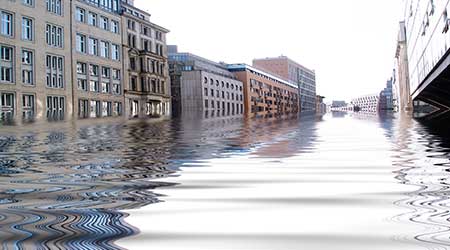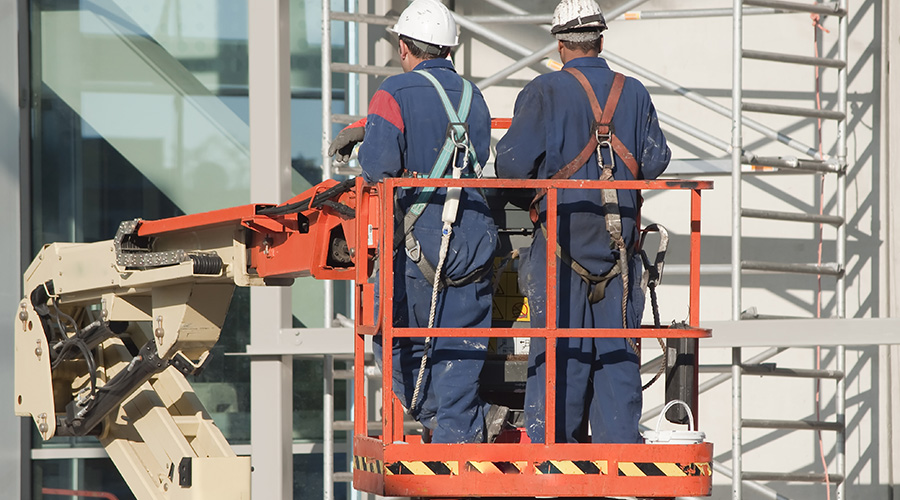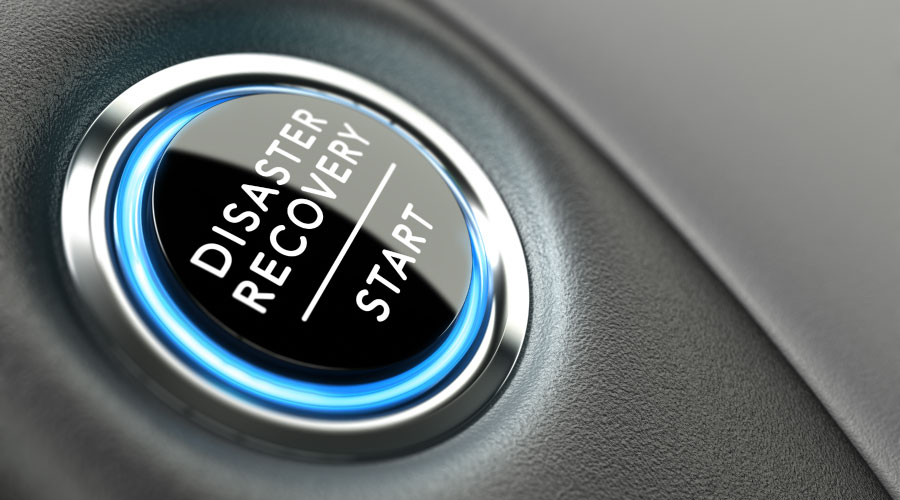Why Building Resilience Matters More Than Ever
Part 1 of a 3-part article addressing the new urgency of resilience and the need for more prevention and mitigation efforts
Resilience has been a consideration in the built environment since people started building buildings. But changes in the nature of the external threats are making it necessary to address the concept of resilience in more direct and creative ways than before. Tornados, floods, wildfires, regional power outages, or the myriad other possible events do not usually threaten a facility on a frequent basis. And facility managers don’t get a trend report on their resilience status every month, as they do for energy efficiency via their utility bills. Because of this, resilience is a good idea everybody likes but few can conceptualize and prioritize in the abstract. As the weather gets stranger and stronger and 100-year storms start coming around every five, facility managers no longer have the luxury of saying "that kind" of storm/weather/catastrophe doesn’t happen here. Prevention and mitigation efforts need a new emphasis.
"We need to all be thinking harder about what the future really looks like, as opposed to what the past looked like," says Sarene Marshall, executive director of the Center for Sustainability with the Urban Land Institute. "There’s a lot of talk in climate science circles about ‘the new normal.’ It’s important for people to understand the new normal for the context that they are in."
"Normal" is a bell curve and tiny changes in temperature or moisture concentrations shift the curve, so the tail includes much more extreme events, she says. "The normal isn’t what it used to be. And that needs to be part of all our consciousness."
While resilience is closely tied to sustainability and to considerations around climate change, at its core it is removed from the political implications of these concepts. Whether the earthquake shaking your facility is due to natural tectonic movements or fracking doesn’t really matter when the ground turns to gelatin. Whether the flood from the abnormally large hurricane is due to climate change or just really awful luck doesn’t make a bit of difference while you’re slapping up sandbags. What matters is what you did to prepare for the known threats to your facility, and what you’re going to do in the future to mitigate the impact of the next event.
Addressing resilience in existing buildings is hard because people get "disaster amnesia," says Julie Rochman, president and CEO of the Insurance Institute for Business & Home Safety. "Where there has been an event, that focuses people’s minds at the grassroots level. You can almost draw concentric circles, in terms of time and space." As you move further away from the event, either in distance or over time, the focus on what could be done to make buildings more resilient against a similar event starts to fade, which is a problem.
"We’re not to the point where the sun is shining, it’s a beautiful day, so let’s have a conversation about how we can spend money to improve our physical facilities," Rochman says. "And that’s what really needs to happen. That’s what happened with the energy efficiency movement. It became a very common everyday conversation that was not tied to emergencies."
Unlike energy efficiency, resilience is much more about interconnectedness — the relationships among systems in the building, and the relationship of the building to its context in terms of geography, municipal infrastructure, and community. To begin at the building level, resilience requires the ability to withstand and quickly bounce back from an external force. In existing buildings, which are already limited to their site orientation, elevation above the flood plain, and exposure to risk factors, this means taking steps like moving mechanicals to more secure locations or reinforcing the connection of the roof to the walls. But resilience also has a social infrastructure component.
Even when the right things are done from a facility-systems perspective to enable a facility to operate after a large-scale disaster — like closed-loop onsite water, onsite renewable energy, and battery backup — if nobody can get to the building, it doesn’t really matter how resilient the facility is. Buildings don’t exist for their own sake. "It’s only as resilient as the context that it’s sitting in," Marshall says. She cites the example of an assisted-living facility in an area vulnerable to flooding. In the event of a flood, it would be nearly impossible for anyone to get to the facility. Recognizing this and the needs of the occupants, part of the disaster response plan involves providing for the staff and the staff’s families to come and stay at the facility during a major flood so that the facility would be able to function. This starts to touch on the aspect of resilience that requires facility managers to enter into conversation with their municipalities. How will critical services be provided to the facility in case of a widespread event, and what will the facility do to operate in the absence of access to such services?
Related Topics:














